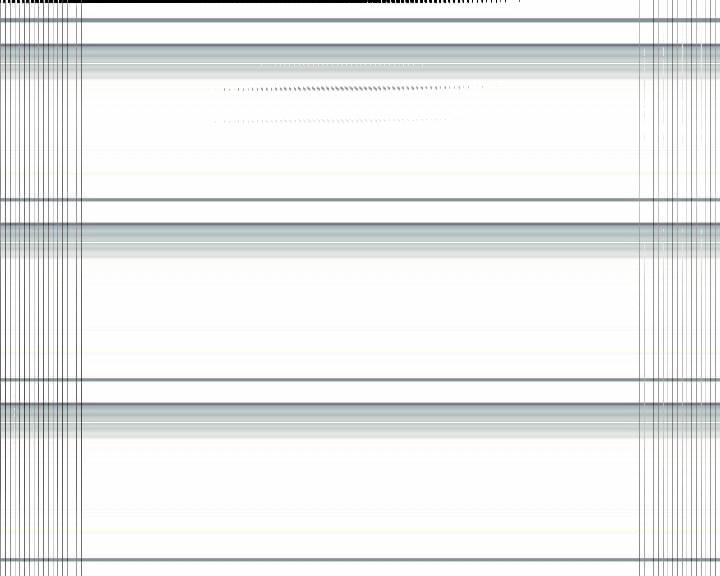frame
The beginning of frame is similar to a drive through the city: "Let´s go for a ride," high energy. The camera pans swiftly from left to right, looking at what´s going on. The beat sets the tempo. The car´s put into gear: Take-off.
The story plays out in the viewers´ head rather than in front of their eyes. [n:ja] shows nothing more than pure motion along spatial coordinates which is driven by Radian´s pulsing soundtrack. So much "reality" – in other words details, color and representation – has been removed from the original views of this ride that solely remnants and a basic structure comprise the video image. In the first "shot" we seem to recognize passers-by hurrying in different directions. The point-of-view moves in the opposite direction, following individuals until two parallel lines running from left to right enter the frame as a graphic element, seeming to set our eyes on a rail.
[n:ja] makes use of the viewing options available during a car ride: the arrow-like movement forward into image´s depth and, at a right angle out of the side window, the perception of motion as a horizontal gliding. The right-angled system of lines formed by streets and building façades corresponds to modern functionalism´s urban vocabulary of forms: the grid which provides the basis for the layout of cities and buildings since the modern age was born in New York and Chicago and went on to its triumphant advance around the world. The speed of the series of images and sounds and the visual associations with main streets, skyscrapers and glass façades continue creating again and again the irresistibly fascinating aspect which signifies metropolis and mobility as topoi of the modern age. And the realization that the never-fulfilled promises of this age to produce something better, more beauty and more justice have lost nothing of their seductive power in spite of what has (not) happened so far.
Stella Rollig
Translation: Steve Wilder


